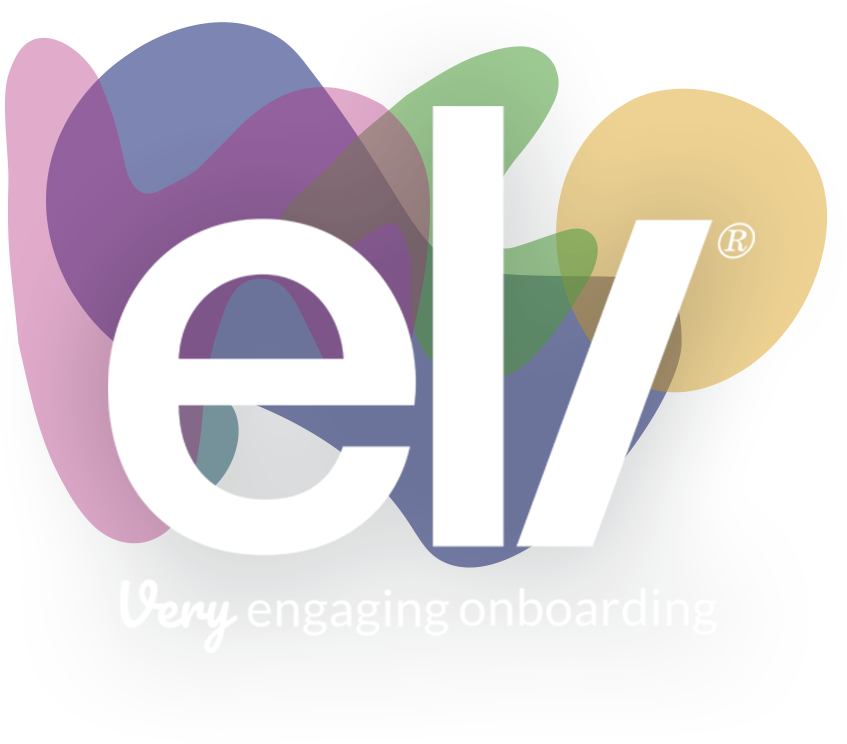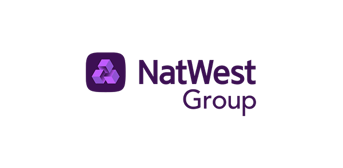The rise of social onboarding
 07/02/2024
07/02/2024
What is social onboarding? Putting the individual needs of the new starter, and the quality of their experience, at the heart of the onboarding process.
Above all, it’s about connections. It seeks to ensure that every new joiner connects on a human level; with their manager, their colleagues, and the culture and purpose of the organisation they are joining. It should begin from the moment a candidate accepts the offer of a job. (Or, as we shall see in the case of NatWest Group, even before this.)
It’s an approach that had already been gaining momentum before the onset of the Covid-19 pandemic (certainly at Eli anyway). But the constant lockdowns and the switch to remote working made the need to pivot towards this new way of welcoming new starters more urgent than ever. Even now, years on, organisations are still making their mind's up about flexible, hybrid, and office-based workforces (and everything in between). But, no matter where your new hires are working from, you still need to deliver an experience that build connections, starts relationships and allows new hires to make work friends.
Building human connections into onboarding
How is this achieved? By actively ensuring that social interactions which drive engagement, performance and loyalty are built into the onboarding process. Create a timeline from offer to the first 90 days that includes a large percentage of social interactions, interspersed with the more transactional (though essential) processes of onboarding.
Using technology to build networks
A structured approach works wonders here, so you can ensure consistency, as does choosing the right technology partner. Why? Well, it should enable you to empowers candidates to build their own social network in a virtual world (particularly useful during pre-boarding). Then, when they do find themselves in the office, they reach out in-person to the people they already know. Eli, for instance, allows you to create social walls where people can interact with each other as you might on Facebook, and to give access to ERGs or affinity groups, so that new candidates can receive support and go on to support others. It can allow you to create easy-to-use checklists that build in regular interactions with managers, HR, the L&D team and buddies, so new joiners always have someone they can contact. It will become a go-to hub with regularly updated information, and a place where events and team calls can be arranged.
Moving from the transactional to the social approach
Jenny Steele, Talent Attraction & Acquisition Manager for Early Careers at NatWest Group is a strong advocate of social onboarding.
“We’ve really moved away from our onboarding just being seen as our pre-employment screening – which of course in a bank is really critical – and must be done before we have anybody join. But for us, onboarding is so much more than that – it’s part of the candidate experience – of their journey.”
How a central hub drives community, increases efficiency and reduces stress
“Having one key hub through which all information flowed has proved vital in creating a sense of community in the virtual world,” Jenny explains. “Our inductions are in the UK, but candidates join from all over the world, so it was really important that we could signpost when sessions were held, when they would be recorded and when certain groups would be available for drop ins and check ins. Being able to communicate that in one place made a massive difference. Having the Eli onboarding tool made it easy for us from the backend perspective, but also for the user experience it made it really simple – new starters knew where to go, they weren’t searching for emails from many different people – it was all contained in one site.”
An approach with tangible results
“You can see how much our graduates engaged with the NatWest onboarding portal – each of them visiting it an average of 50+ times last year and staying an average of four minutes each time – so they weren’t just going on each time to merely check for messages,” says Jenny.
Of course, it’s not just early career recruiters that are seeing tangible results in large and small ways by creating an onboarding experience that helps every new hire feel like they truly belong, with many clients seeing their professional hires visit their portal more than 10 times before day one.
It’s clear that organisations who build social interactions and positive touchpoints into their onboarding experience will be able to drive higher engagement, retention and performance, as well as improving well-being, social mobility and inclusion.




